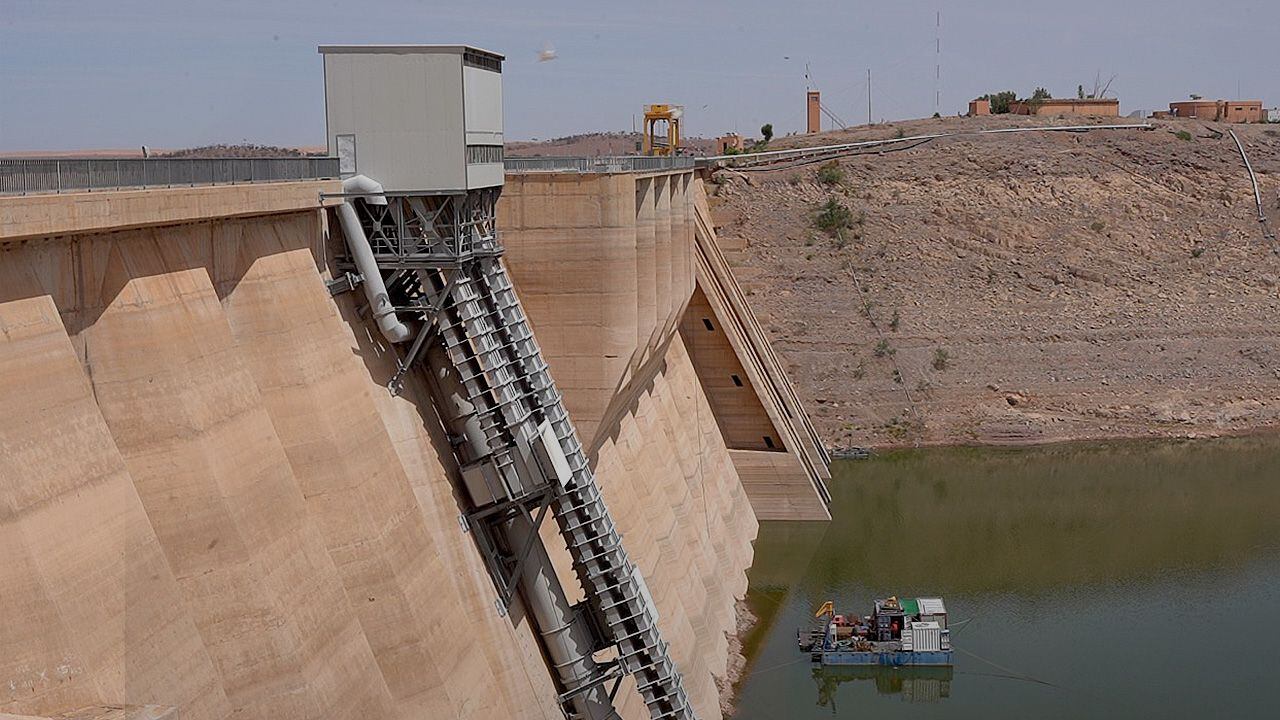
In the province of Laayoune, reconstruction work on the major dam at Sakia El Hamra has reached 83% completion, according to Sidi Mokhtar El Kanti, director of the Sakia El Hamra and Oued Eddahab Hydraulic Basin Agency. The project, overseen by the Ministry of Equipment and Water, is a key component of the broader development strategy for Morocco’s southern provinces.
With a storage capacity of 112 million cubic meters, the dam is linked to an artificial recharge canal feeding the Foum El Oued aquifer. Outfitted with cutting-edge flood management systems, the facility is designed to maximize water resource efficiency in a region that faces some of the country’s harshest climatic conditions. The total investment exceeds 650 million dirhams.
Water infrastructure plays a pivotal role in Morocco’s national water strategy, and in the southern regions—where climate extremes are more severe—the stakes are even higher. As part of its efforts to adapt, the agency has spearheaded the construction of 22 small dams and hill reservoirs. These structures support underground water reserves, help provide drinking water for livestock, and reduce the vulnerability of rural communities.
Beyond traditional infrastructure, the agency has expanded into non-conventional water sources. Over 2,200 wells and boreholes have been drilled, delivering a combined flow rate of more than 3,000 liters per second. Additionally, nine desalination plants are now operational across the South, with a combined daily capacity exceeding 66,000 cubic meters, supplying water to numerous towns and communities.
The region’s water system also includes 13 brackish water treatment facilities and nine wastewater purification stations. Looking ahead, several major projects are in the pipeline. These include new desalination units to irrigate thousands of hectares in Boujdour and Tan-Tan, and a large-scale initiative in Dakhla that will serve the city, the future Atlantic port, and 5,000 hectares of farmland—powered entirely by renewable energy.
Altogether, the agency is executing a wide-ranging strategy that blends long-term planning, innovation, climate resilience, and sustainable governance. By combining conventional infrastructure with alternative water solutions, the region aims to build a durable and inclusive development model capable of withstanding environmental pressures while supporting economic growth.